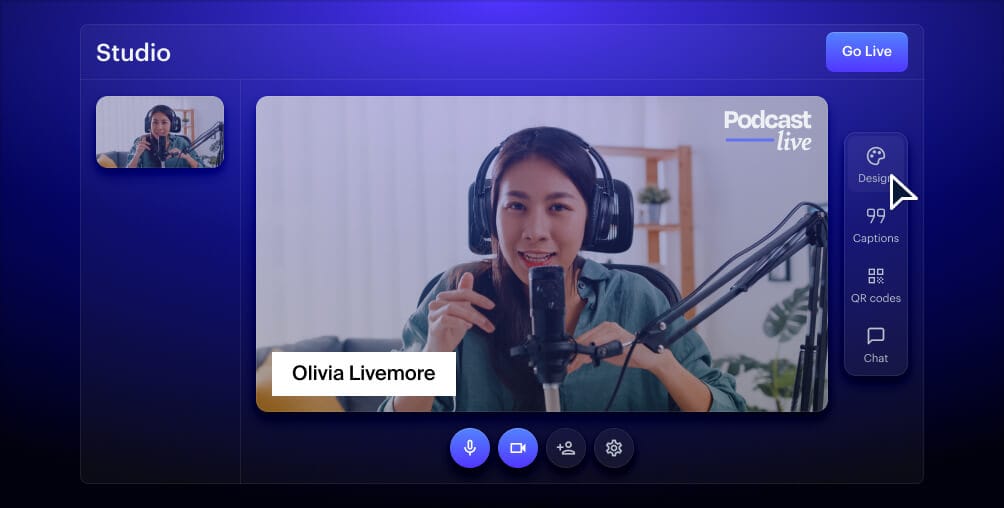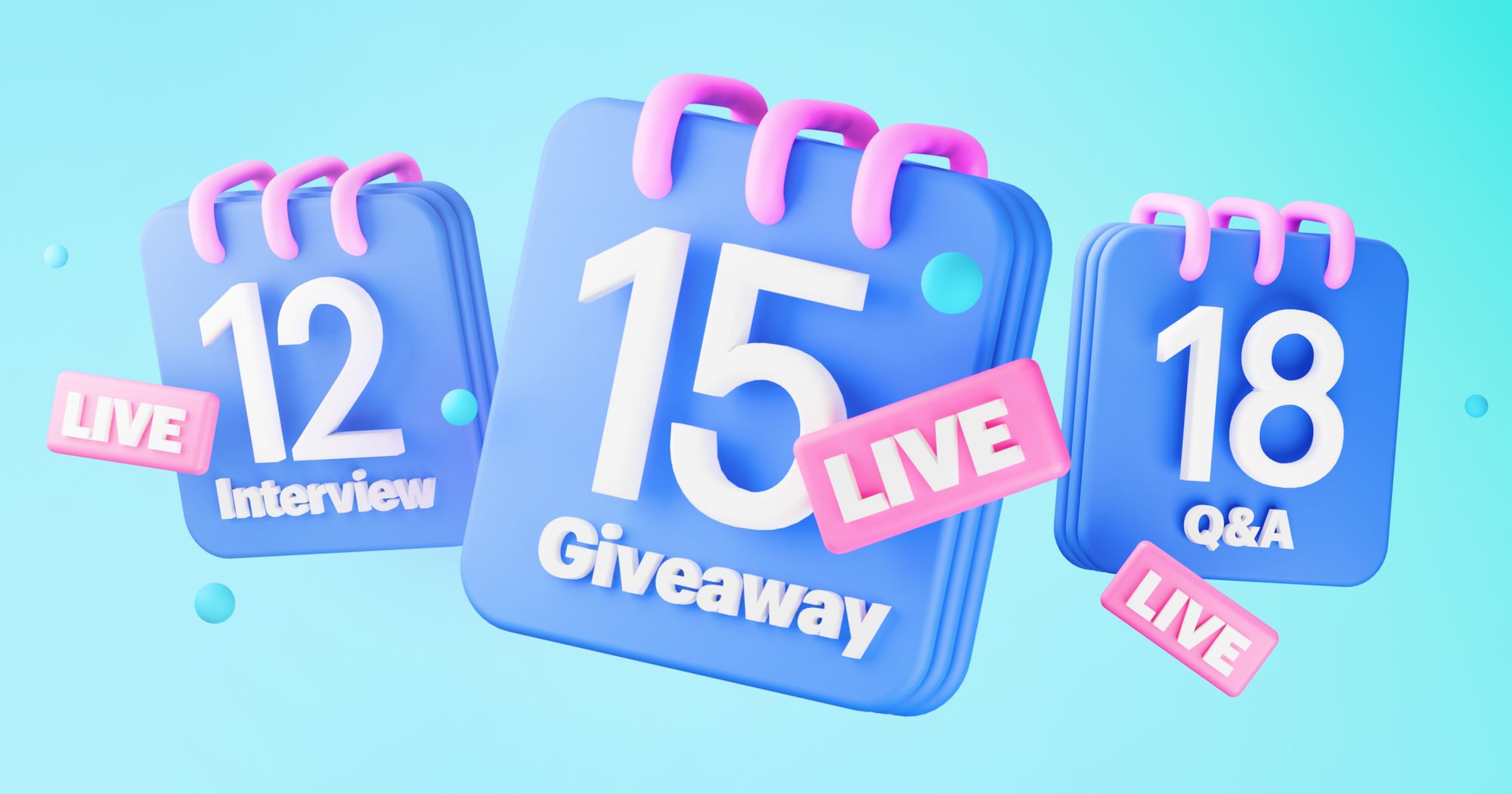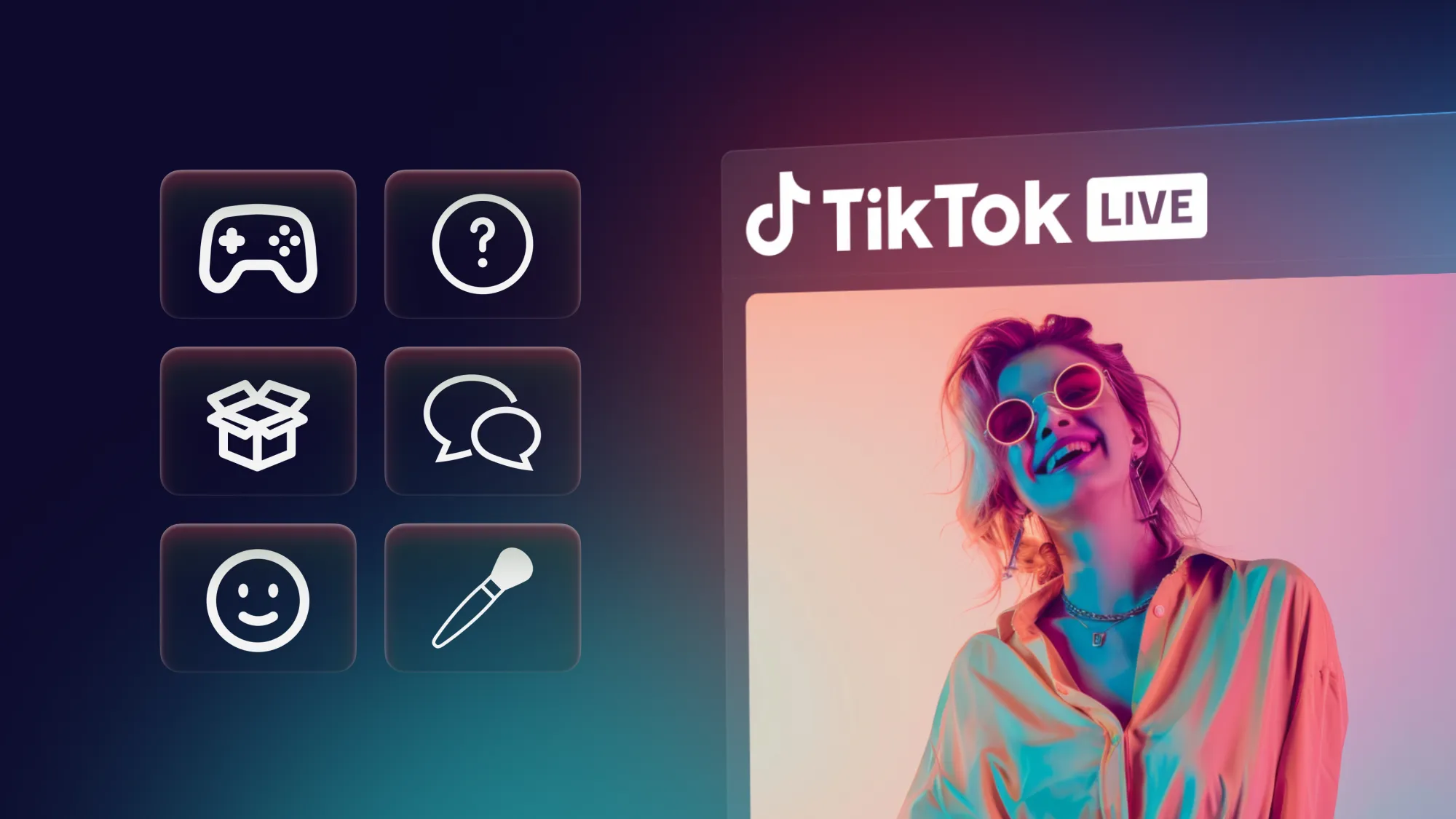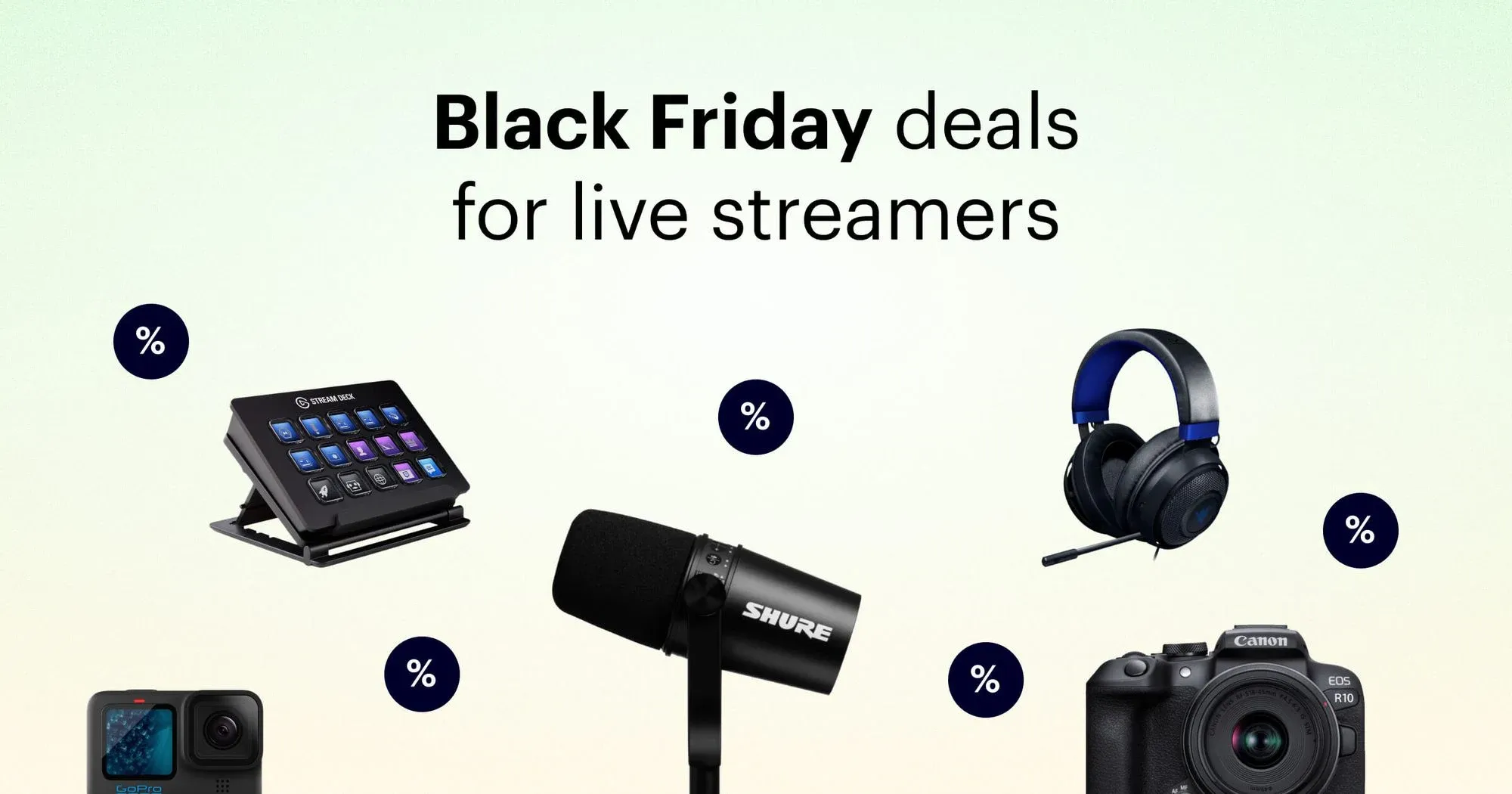Live video streaming has exploded in recent years, topping 1.1 billion hours in 2019 and 27.9 billion in 2020 — a 78.5 percent increase. If your brand hasn’t started live streaming yet, now’s the time. Just jumping in and creating live videos might seem overwhelming, though, with so much existing content fighting for viewers’ attention. But you can attract your target audience and achieve your marketing goals if you approach live streaming strategically and create a plan.
Not sure where to start with a live streaming content plan? We’ve made this guide to help you out.
Why is it important to have a live streaming content strategy?
Your live streaming content strategy is your approach to using live videos to achieve your marketing goals. It’s also about accomplishing your specific live streaming goals and connecting with your target audience. When you know what your strategy is, you can develop a content plan that carries it out.
Whether you’re an independent influencer or a small business, your live streaming content plan is a key part of your overall marketing strategy. Attracting more leads, creating more brand awareness, or closing more sales — the live content you produce should directly help you achieve your marketing goals.
Planning your live streaming content in advance has several advantages, the first of which is staying organized. If you’re trying to run a business, you probably feel like you never have time to work on marketing and all your content ends up being sub-par or not in line with your goals.
By creating a strategy, you better organize your overall marketing efforts.
You can also:
- Create consistent posts and have accountability for yourself or your team
- Enhance the creative process because you give yourself more time to ideate live content
- Boost productivity by focusing more on running your business
How to create a live streaming content plan
1. Determine your target audience and key message
Who are you creating content for? What message are you trying to send them? Your business may already have demographic data on your target customers, so use it to direct your video content. If you aren’t sure yet who your target audience is or what you’re trying to say, take some time to imagine exactly the type of person who will watch your video. Ask yourself these questions:
- What interests does this person have?
- How old is this person?
- What questions or problems does this person have that you want to answer or solve?
- If the two of you had a conversation, what would you talk about?
- Where does this person live?
- What does this person do for a living?
To find your key message, think of the problems you’re trying to solve for your audience. Even if your live streams are for entertainment, you’ll still have a key message, core values, or main topics to stick to in each of your videos.
2. Outline content ideas
The target audience and key message are the backbone of your content plan; now you can start brainstorming ideas. For some people, ideating is the fun part, but for others, it’s the most difficult. Here are some ideas for live video content to help inspire you:
- Live interviews or Q&As: Interview someone in your company or ask an industry expert to appear on your live stream for an interview. You can also host a Q&A session by answering questions directly from fans while live.
- Product launches: Releasing a new product? Do a live product launch to give your potential customers all the details, including how to use it.
- Live tutorials: Show your audience how to complete a task, navigate software relevant to your industry, or use one of your products. Viewers can ask questions during the stream via live chat.
- Contests and giveaways: Generate excitement by hosting a competition or giving away a prize. Make it a lead magnet by asking participants to opt into your email list.
- Behind-the-scenes video: Show viewers a “day in the life” at your company or in your studio.
- Live event coverage: Attend an industry event and report from it live.
You can adapt these formats to your brand’s needs, creating content that is specific to you and your viewers.
3. Choose a platform and video length
Today, you can live stream on a wide variety of platforms. All the major social networking sites have live video functionality, and other sites dedicated wholly to live streaming exist too. Once you know your content format, you should figure out which platform to stream to.
Each live streaming site has slightly different requirements in terms of video quality, length, number of followers, bitrate, etc. Each one also has its own monetization options as well. Knowing where your live videos will end up is a crucial part of developing your content plan. If you don’t want to choose just one platform, you can also multistream with Restream. You can connect to more than thirty of your favorite live streaming platforms with Restream. Go live on YouTube, Facebook, LinkedIn, and X (Twitter) all at the same time.

Create stunning live videos
Restream Studio is the easiest way to create high-quality live videos on multiple platforms at once. It's user-friendly and offers an engaging viewer experience.
4. Find the best timing and frequency
The best times and frequency for going live are often up for debate. Knowing what time to go live depends on knowing your audience — when are they most likely to tune in? Other factors to consider for timing your live stream include:
- How engaged you want the audience to be
- Whether you have a CTA
- The device you want people to watch on
- The time zone your viewers are in
- When your competition goes live
- Insights from previous live streams
- What works best for your personal schedule
As for the frequency of your live stream, you should aim for once per week at a minimum. How often you stream depends on the format of your show, which may lend itself better to daily streaming or streaming a few times per week.
5. Schedule your live content
Once you’ve worked out when and how often to stream, make a schedule. Fill it with the content ideas you already brainstormed, so the only thing you have left to do is prepare the content itself. If you use a tool like Restream Events, you can schedule a live stream in advance and promote it on social media. Restream will generate a link for your event that you can share with your audience across your channels, so all they have to do is click it when the stream is about to start.
If going live makes you nervous (we wouldn’t blame you), you can also create an edited video and schedule it to go live using Restream Events. Simply upload your video to Restream, choose a time and date, select your platforms, and it will broadcast automatically!
Content plan template
We designed a content plan template that you can copy to your Google Drive and fill out to make planning your live streaming content even easier.
To make a copy, click on the link above to open up the template. Then go to File > Make a copy. Choose a name for the sheet and save it on your Google Drive.
Note: You must be logged into your Google account.
Let’s wrap up
Creating a live streaming content plan shouldn’t be difficult or overwhelming. On the contrary, it should make reaching your marketing goals easier. To sum up, the steps to making a content plan are:
- Find your audience and key message
- Brainstorm content ideas
- Choose a platform and determine video length
- Determine when and how often to stream
- Schedule your content
If you follow this guide, you’ll have an organized content plan in no time!







